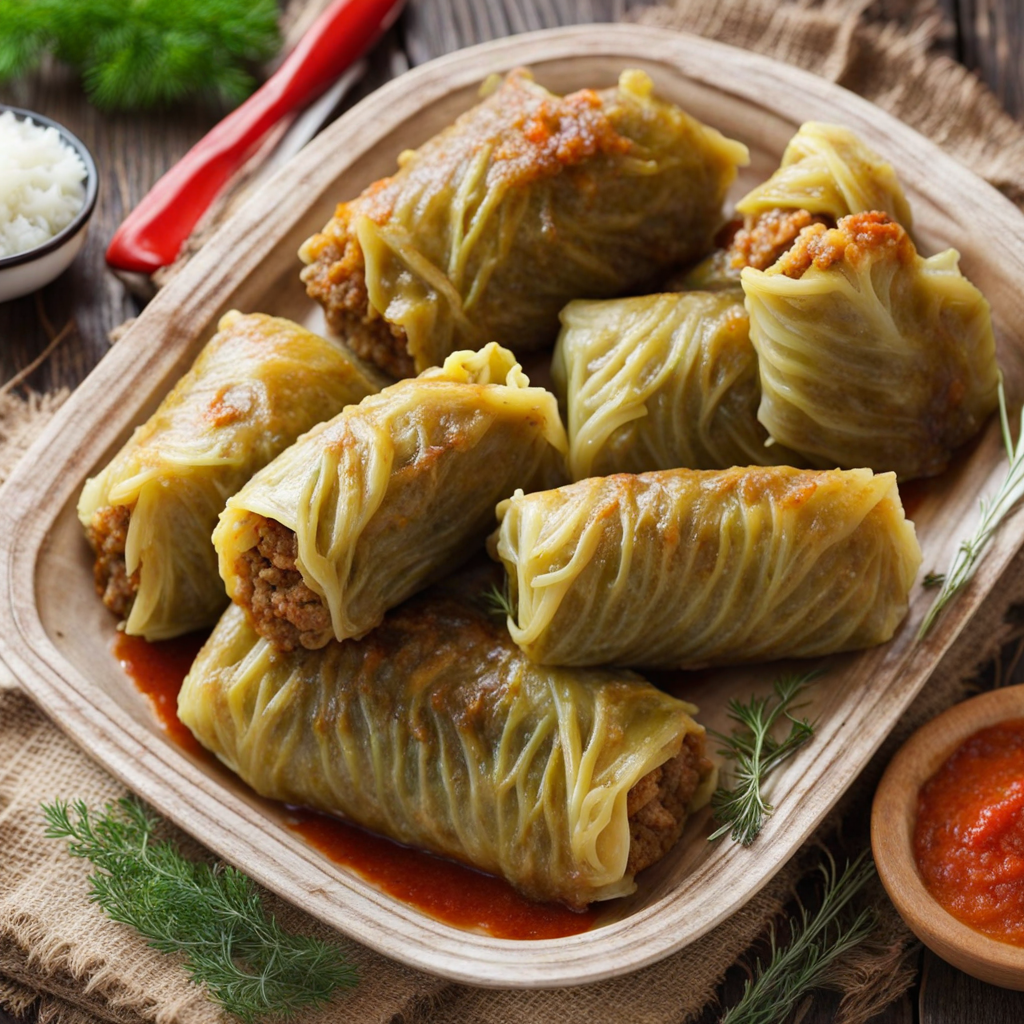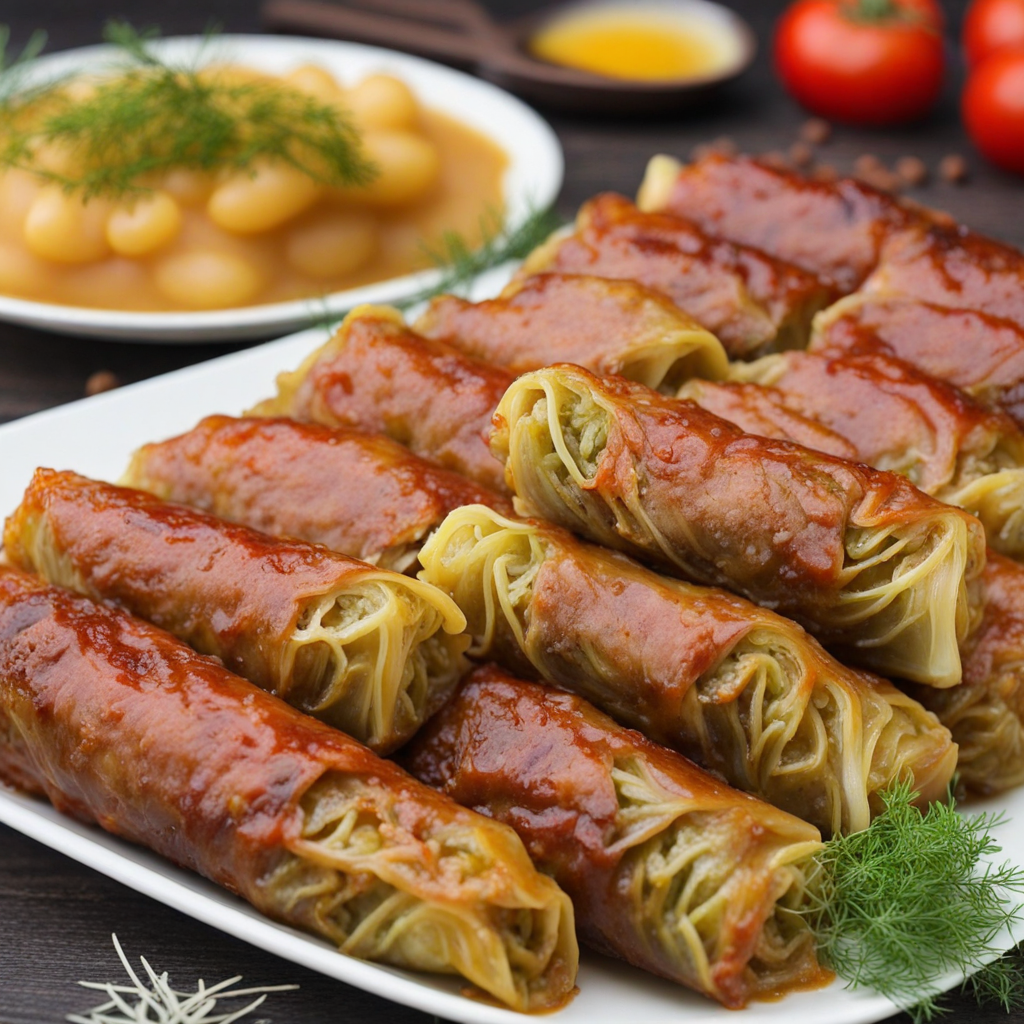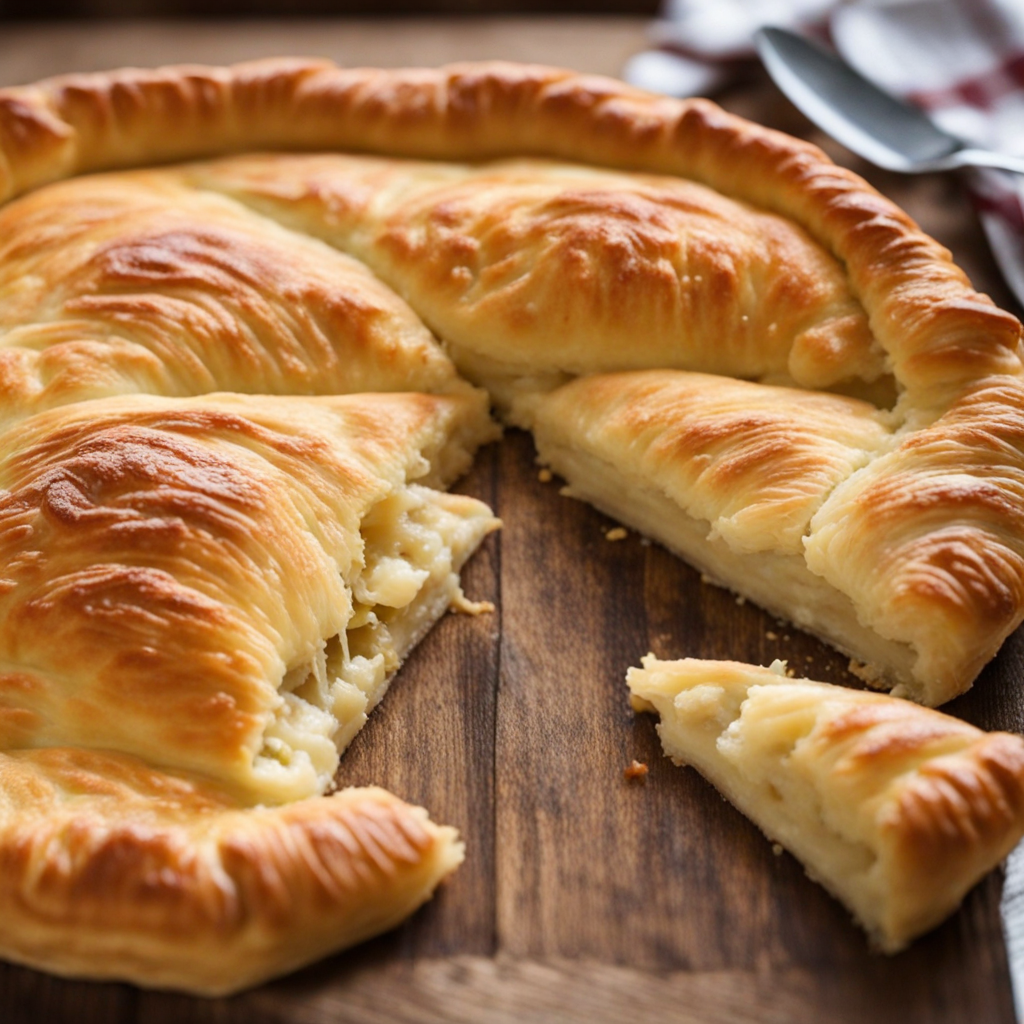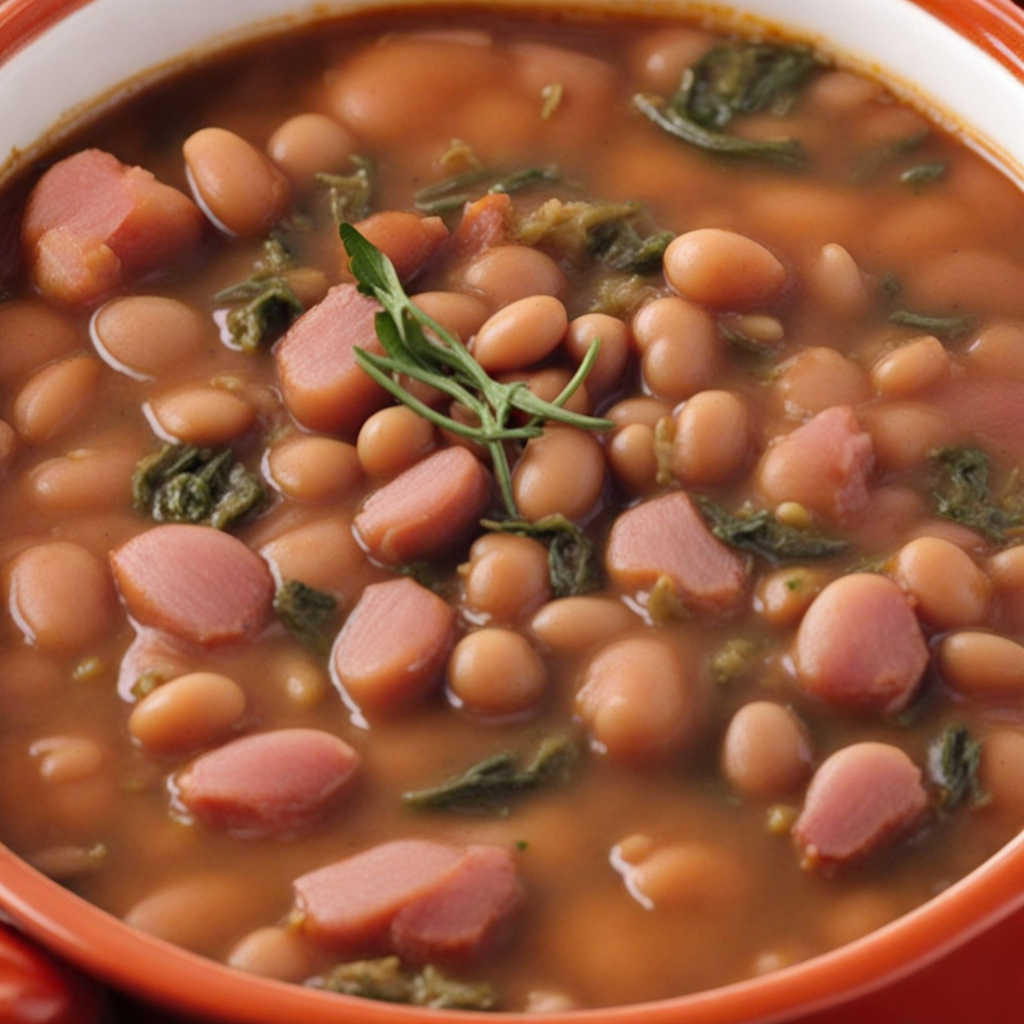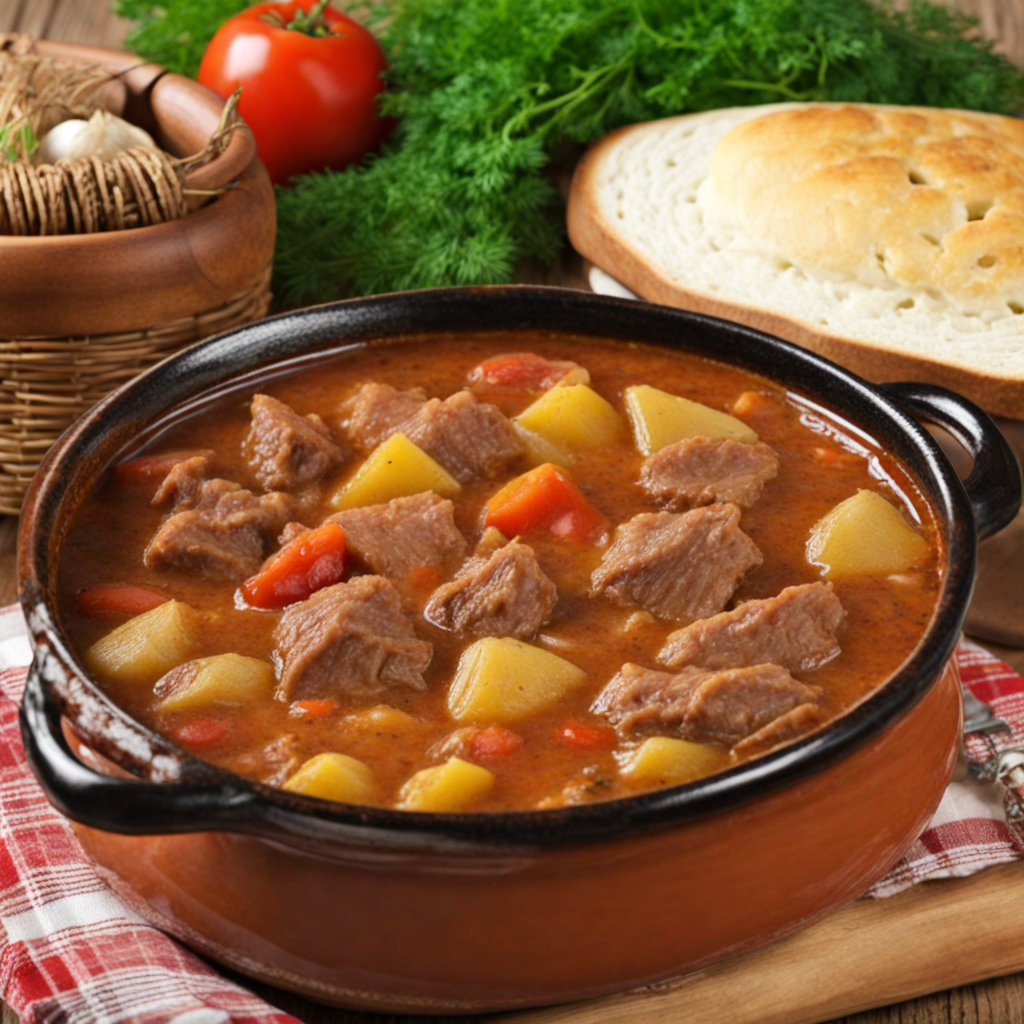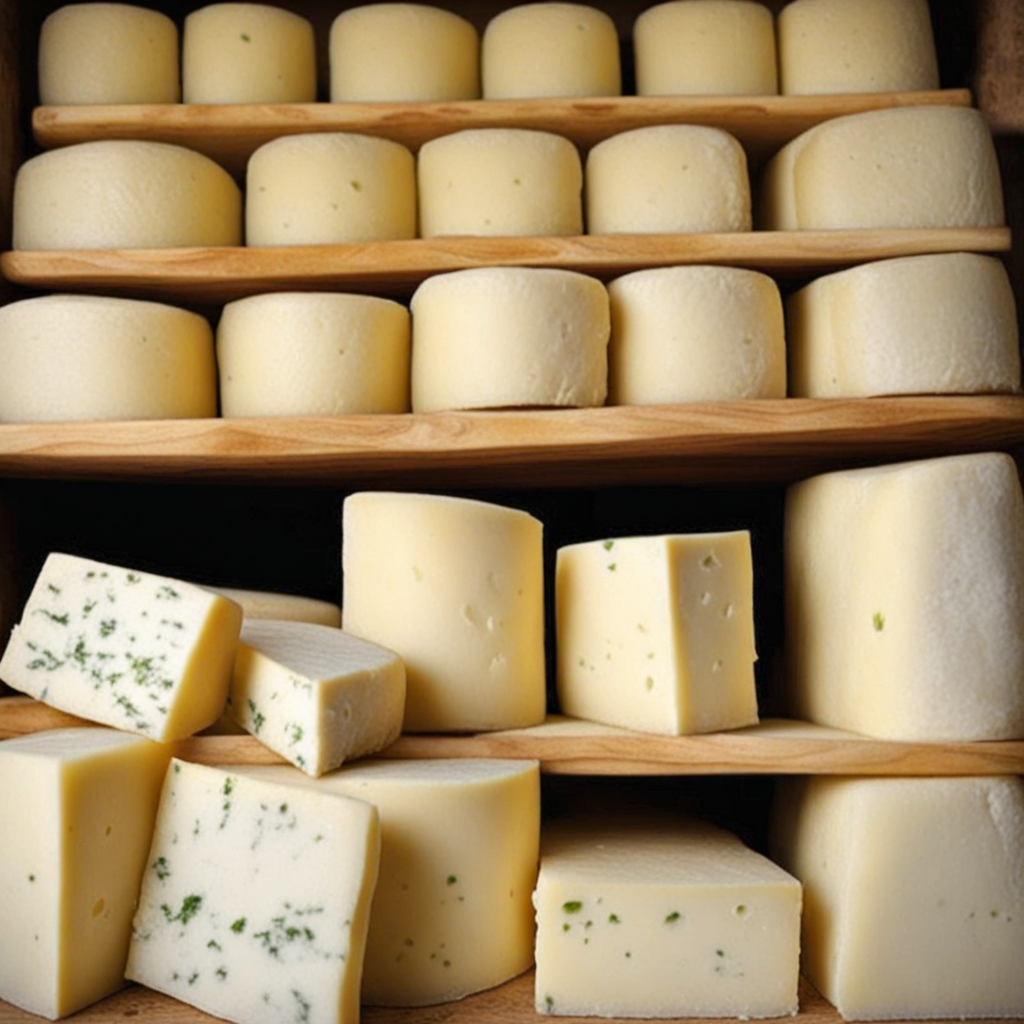Sarmale
Sarmale is a traditional Romanian dish that embodies the heart and soul of Romanian cuisine. At its core, sarmale consists of finely minced meat, typically a mix of pork and beef, seasoned with herbs and spices. This flavorful filling is artfully wrapped in pickled cabbage leaves, which impart a distinct tangy flavor that beautifully complements the savory meat. The dish is then slow-cooked in a pot, often layered with additional cabbage leaves, smoked meats, and a rich tomato sauce, allowing the flavors to meld together perfectly over hours of cooking. Each bite of sarmale offers a delightful combination of textures and tastes, from the tender and juicy filling to the slightly crunchy cabbage exterior. The pickled cabbage not only adds a unique sourness but also enhances the overall richness of the dish, making it incredibly satisfying. Often served with a dollop of sour cream and a side of polenta, sarmale is a hearty meal that warms the soul and showcases the rustic charm of Romanian home cooking. In Romania, sarmale is more than just a dish; it is a symbol of family gatherings and celebrations, often prepared during holidays and special occasions. The preparation of sarmale can be a communal activity, bringing friends and family together in the kitchen to share stories and laughter while crafting these delicious rolls. With its comforting flavors and rich cultural significance, sarmale invites anyone looking to explore new tastes to dive into the culinary traditions of Romania.
How It Became This Dish
Sarmale: A Culinary Tradition of Romania Sarmale, the beloved dish of Romania, embodies the nation's culinary heritage and is a testament to the blending of cultural influences over centuries. These delicious parcels of meat and rice, wrapped in fermented cabbage leaves, have become a symbol of Romanian hospitality, family gatherings, and festive celebrations. To truly appreciate sarmale, we must delve into their origins, cultural significance, and the evolution of this cherished dish over time. #### Origins The history of sarmale can be traced back to the Ottoman Empire, which had a profound influence on the cuisine of the regions it encompassed, including Romania. The word "sarmale" itself is derived from the Turkish word "sarmak," meaning "to wrap." This reflects the dish’s nature as a wrapped delicacy, showcasing how culinary practices were often shared and adapted across cultures. Sarmale likely evolved from the Middle Eastern practice of wrapping various fillings in leaves, a tradition that can be found in numerous cuisines across the Mediterranean. The use of cabbage in Romanian sarmale is particularly interesting, as it highlights the local adaptation of this practice. Cabbage, particularly in its fermented form, became a staple in Romanian households due to its preservation qualities, making it ideal for the harsh winters of Eastern Europe. #### Cultural Significance In Romania, sarmale is not merely a dish; it is a cultural artifact steeped in tradition and communal identity. The preparation of sarmale is often a family affair, involving multiple generations coming together to roll the meat and rice filling in the cabbage leaves. This practice fosters a sense of community and continuity, as recipes are passed down through the years, embodying familial love and shared history. Sarmale is traditionally served during significant occasions, such as Christmas, Easter, weddings, and family reunions. The dish symbolizes abundance and togetherness, reflecting the values of Romanian hospitality. In rural areas, the preparation and consumption of sarmale are often accompanied by folk music, dances, and stories, further enriching the communal experience. Moreover, sarmale has become a symbol of national identity, particularly among Romanians living abroad. For many expatriates, the dish evokes feelings of nostalgia and a connection to their homeland. Festivals celebrating Romanian culture often feature sarmale, showcasing the dish as a culinary ambassador of Romanian heritage. #### Development Over Time As with many traditional foods, the recipe for sarmale has evolved over time, influenced by regional variations, availability of ingredients, and personal preferences. The basic components of sarmale typically include ground meat (often pork, but sometimes beef or a mixture), rice, spices, and herbs. The filling is enveloped in fermented cabbage leaves, which impart a distinct tangy flavor. However, variations exist based on geographic and cultural contexts. In Transylvania, for example, sarmale may be prepared with smoked meats or additional spices, reflecting the region's diverse culinary influences. In some cases, sarmale might even be made with vine leaves, offering a different taste experience altogether. The use of different meats, such as turkey or chicken, can also be found, particularly in modern adaptations aimed at catering to dietary preferences. The method of cooking sarmale has also undergone changes. Traditionally, they were slow-cooked in large pots over an open fire or in wood-fired ovens, allowing the flavors to meld beautifully. In contemporary kitchens, pressure cookers and slow cookers have become popular, speeding up the cooking process without sacrificing flavor. The globalization of food culture has introduced a new dimension to sarmale, with fusion variations appearing in modern Romanian restaurants. Chefs experiment with different fillings, such as quinoa or lentils, catering to vegetarian and vegan diets while still honoring the essence of the original dish. Additionally, the rise of social media has allowed home cooks to share their unique takes on sarmale, sparking a renewed interest in traditional recipes. #### Contemporary Relevance Today, sarmale remains a staple in Romanian households, cherished for its comforting qualities and deep-rooted traditions. It is often prepared in large batches, with leftovers serving as a delightful treat in the days following the initial meal. Many Romanians have their own family recipes, each with its unique twist, ensuring that the tradition remains vibrant and personal. In Romania, sarmale is frequently accompanied by polenta (mămăligă) and sour cream, creating a hearty and satisfying meal. This combination showcases the importance of complementary flavors in Romanian cuisine, where the simplicity of ingredients shines through. The dish's significance extends beyond the dinner table; it plays a role in culinary tourism as well. Visitors to Romania often seek out authentic dining experiences, and sarmale is frequently featured on menus in traditional restaurants. The dish is not only a culinary delight but also a window into Romania's rich cultural tapestry. #### Conclusion Sarmale stands as a testament to Romania's historical journey, reflecting the convergence of various culinary traditions while retaining its unique identity. This dish transcends mere sustenance; it encapsulates the values of family, community, and heritage that are central to Romanian culture. As it continues to evolve and adapt, sarmale remains a beloved symbol of national pride, a dish that brings people together, and a reminder of the importance of tradition in the ever-changing landscape of food. Whether enjoyed during a festive gathering or a quiet family meal, sarmale is more than just a food; it is a celebration of history, culture, and the enduring bonds that unite generations.
You may like
Discover local flavors from Romania


